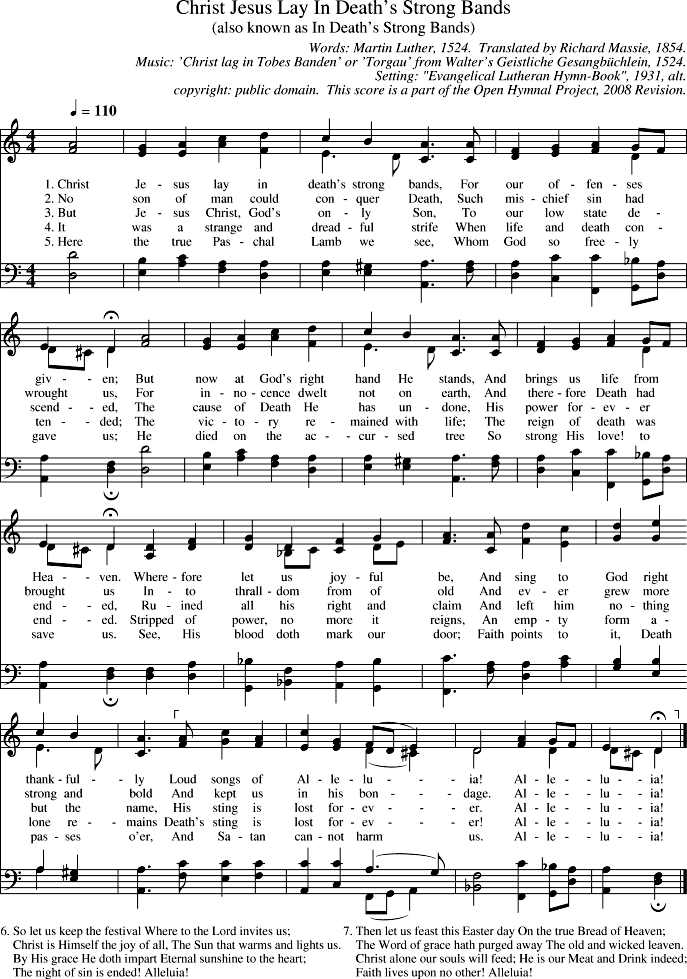Definition: The Netherlands, also called the Dutch Republic (as in the country), was a principal European power during the 16th to the early 18th centuries, before it became independent as the Kingdom of the Netherlands.
Definition:
The Netherlands is one of the oldest and largest countries in Europe, with a population of around 10 million people. It's known for its beautiful cities such as Amsterdam, The Hague, and Leiden. It also has a rich history dating back to the ancient world.
Capital and Largest City:
The capital city of the Netherlands is the city of Amsterdam. The city was founded in 923 AD by the Phoenician states in present-day The Netherlands, where it remains today. Its largest city, as of 2021, is located in the city of Amsterdam.
Economy:
The economy of the Netherlands is diverse and relies heavily on a variety of industries such as manufacturing, agriculture, banking, tourism, and information technology.
Agriculture accounts for about 43% of Dutch GDP, while manufacturing accounts for around 27%. Agriculture exports are also substantial.
Tourism is a significant contributor to the country's economy with over 16 million tourists visiting the Netherlands each year.
Historical Events:
The history of the Netherlands is marked by several significant events such as the Thirty Years' War, which was fought between Protestant and Catholic countries from 1563 to 1599; the Reformation, which started in the early 16th century when Martin Luther began his efforts to reform the Church; and the defeat of Napoleon in World War I.
The country also played a significant role in the Napoleonic Wars, with victories such as Waterloo, ending the conflict.
Culture:
The Netherlands has a rich cultural heritage that reflects its long history. The city of Amsterdam is home to numerous museums, including the Van Gogh Museum and the Rijksmuseum.
The Dutch language and culture are very influential in the country's education system, with many students studying at universities around the world.
Foreign Relations:
The Netherlands has a strong relationship with the European Union (EU), which is one of its largest trading partners. It also has close relations with other countries such as Japan, Germany, France, and Canada.
In recent years, there have been significant diplomatic ties between the Netherlands and the United States, which was once the country's only official ally during the Cold War.
Foreign Policy:
The Dutch government is known for its strong stance on foreign policy. It has implemented a series of immigration policies that have faced criticism from some within the government.
In recent years, there has been a focus on environmental and sustainability issues in the Netherlands, with policies such as carbon taxes, renewable energy targets, and sustainable tourism initiatives.
Literature:
The country is home to many famous authors and poets, including Rembrandt, Johannes Vermeer, and Vincent van Gogh.
Netherlands


